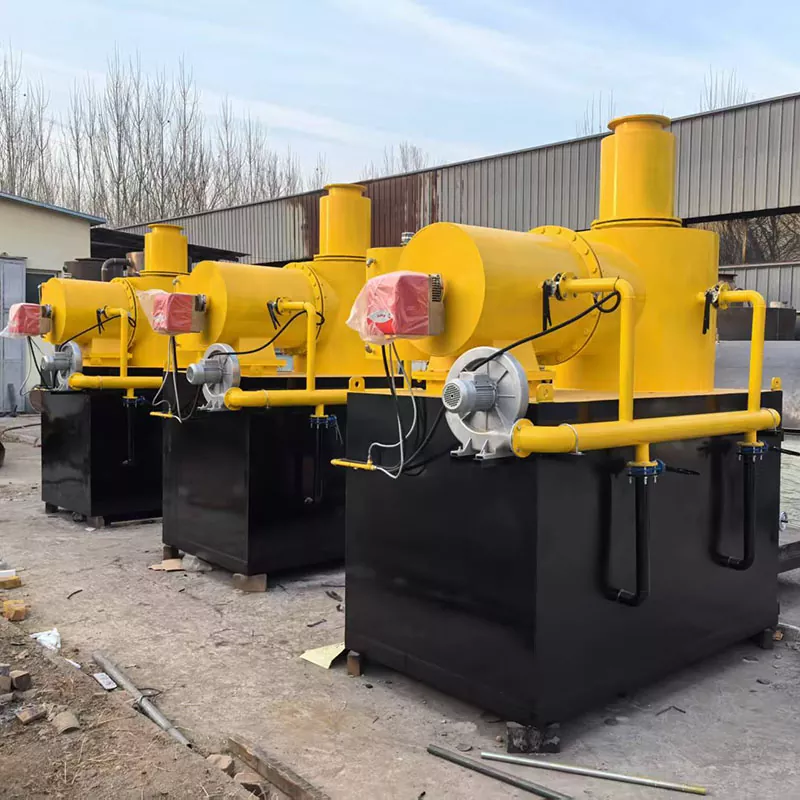A Practical Guide to Choosing the Right Animal Carcass Incinerator
2025-04-30
Choosing an animal carcass incinerator may seem straightforward—but there are key factors that make a big difference in performance, efficiency, and compliance with environmental standards.

Here’s what to consider before buying.
1. What Type of Animal Waste Will You Handle?
Different incinerators are designed for different volumes and species:
- Small units for poultry farms, clinics, and pet cremation
- Large-scale units for cattle, swine, and mass disposal in outbreaks
Make sure the chamber size and burn rate match your needs.
2. Burn Temperature and Dual Chamber Design
Efficient incineration requires high temperatures:
- Primary chamber: Destroys organic material
- Secondary chamber: Eliminates smoke, odor, and emissions
A good incinerator will reach at least 850°C in the secondary chamber to comply with environmental safety standards.
3. Environmental Compliance
Look for models with:
- Smoke and odor control
- Low fuel consumption
- Ash-safe emission levels
Depending on your region, incinerators may need to meet strict emission or health regulations.
4. Fuel Type and Efficiency
Most incinerators run on diesel, gas, or electricity. Energy-efficient models with automatic timers and insulated chambers can cut down operational costs.
5. Ease of Use and Maintenance
Choose a model with:
- Simple controls or automated operation
- Easy access for cleaning
- Support and spare parts availability
Bonus Tip: Look for Warranty and After-Sales Service
Incinerators are a long-term investment. Opt for manufacturers that offer full technical support, installation help, and service warranties.
Conclusion
An animal carcass incinerator is more than just a machine—it’s a frontline tool for health and safety. Choosing the right one ensures efficient waste management, cost savings, and long-term peace of mind.


